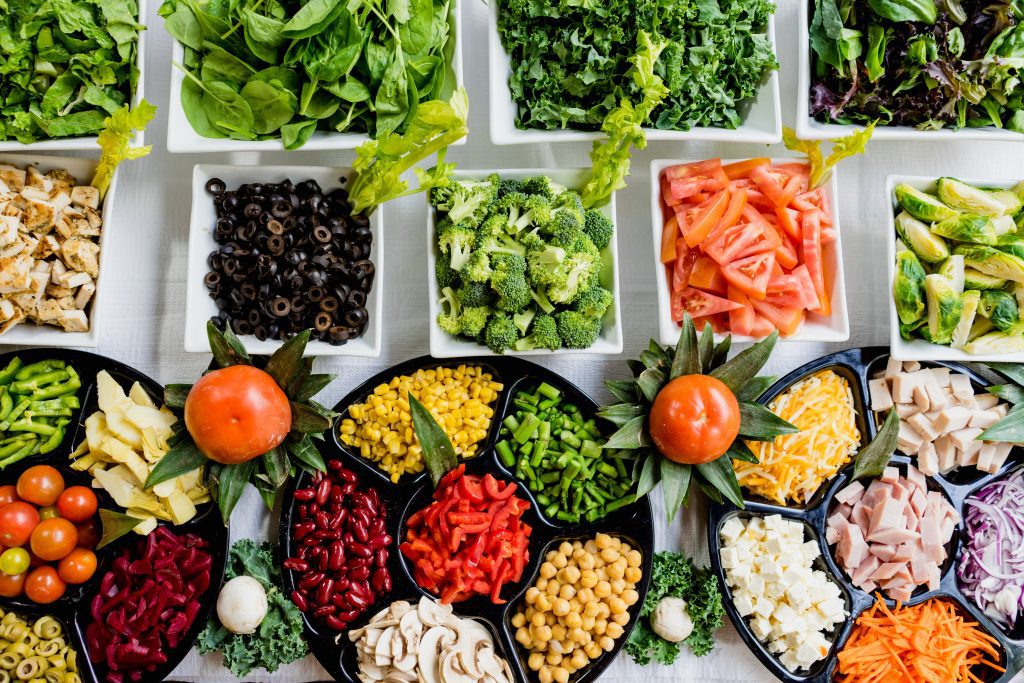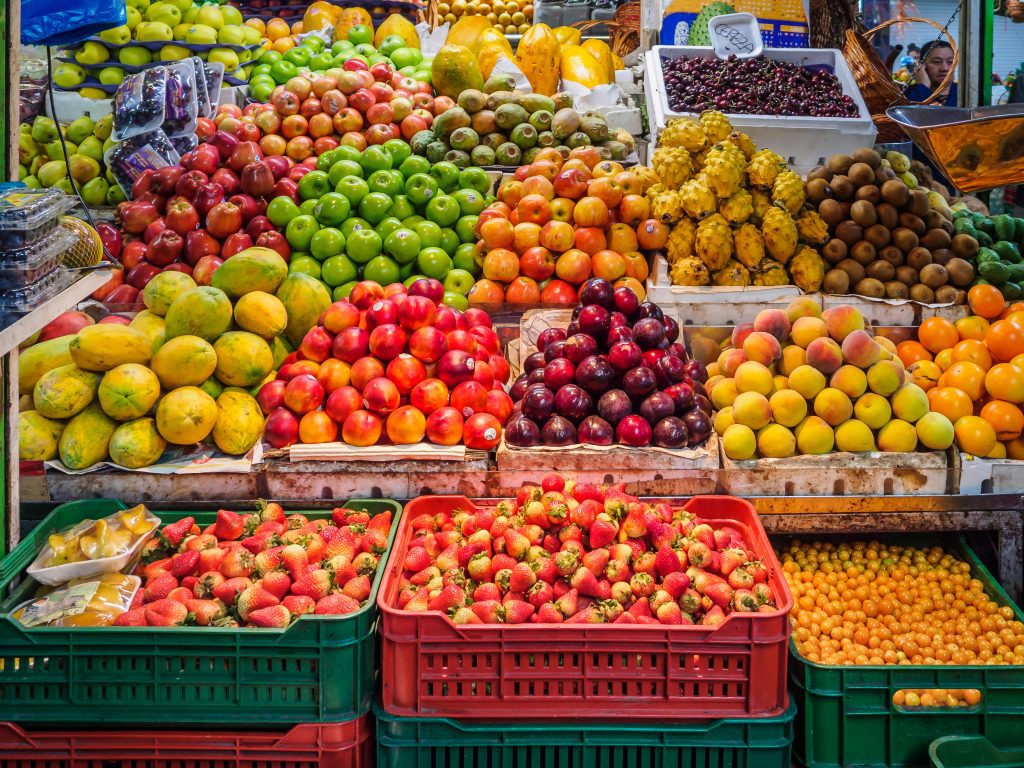When we go to the supermarket, the traffic light system helps us to understand how healthy foods are. Foods that are high in saturated fats, salt, and sugar clearly show red labels telling us to make sure we don’t eat too much of them. Traffic light health labels became ubiquitous in the UK in 2013, with the hope that it would improve health. This scheme has had some success, with 58% of shoppers saying they have looked at these labels to help them choose which food to buy in the last three months. So how could we use this system to protect the planet? Eco-labels might be the answer.
Eco-Labels
Now there is a new scheme on the horizon following in the footsteps of the traffic light health labels. The difference is that these new labels will tell shoppers how environmentally sustainable different foods are. ‘Eco-labels’ have been talked about for a few years as a way to help people make food choices that are better for the planet.
The labels use the same colours we are used to seeing on the existing health indicator labels, but additionally have a letter from A to E in the centre. Foods labelled with an ‘A’ have the smallest impact on the planet and can be considered to be the most sustainable options.

What makes a food more sustainable?
There are a number of factors that contribute to a food’s environmental sustainability. These include where the food is sourced from. The further the food travels to get to your plate the more energy is needed to transport it. Also, plant-based foods tend to have a better environmental sustainability rating because they require fewer resources to produce. One of the key consumer behaviours scientists want to change is shifting diets away from meat, which often has a very big environmental impact, requiring more water and land to produce than plant-based alternatives, and resulting in larger amounts of greenhouse gases being emitted into the atmosphere. On average, foods from animals have carbon footprints 10 to 50 times the size of plant-based foods.
The hope is that these new eco-labels will give consumers more information about their food options. Equipped with this information, consumers can make decisions about the food they buy to help the planet.
What else can help?
With new technology emerging all the time, there is hope that the environmental impact of foods can be reduced. Vitabeam’s technology aims to help produce more food using fewer resources which would help improve the food’s environmental sustainability. With new technology and improved consumer awareness, we can start to eat to have a smaller impact on the planet.
